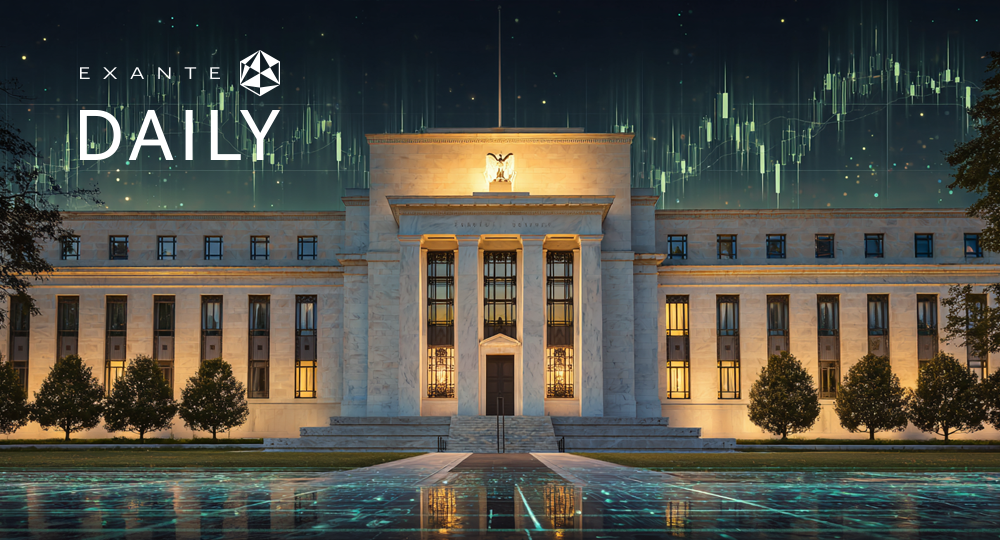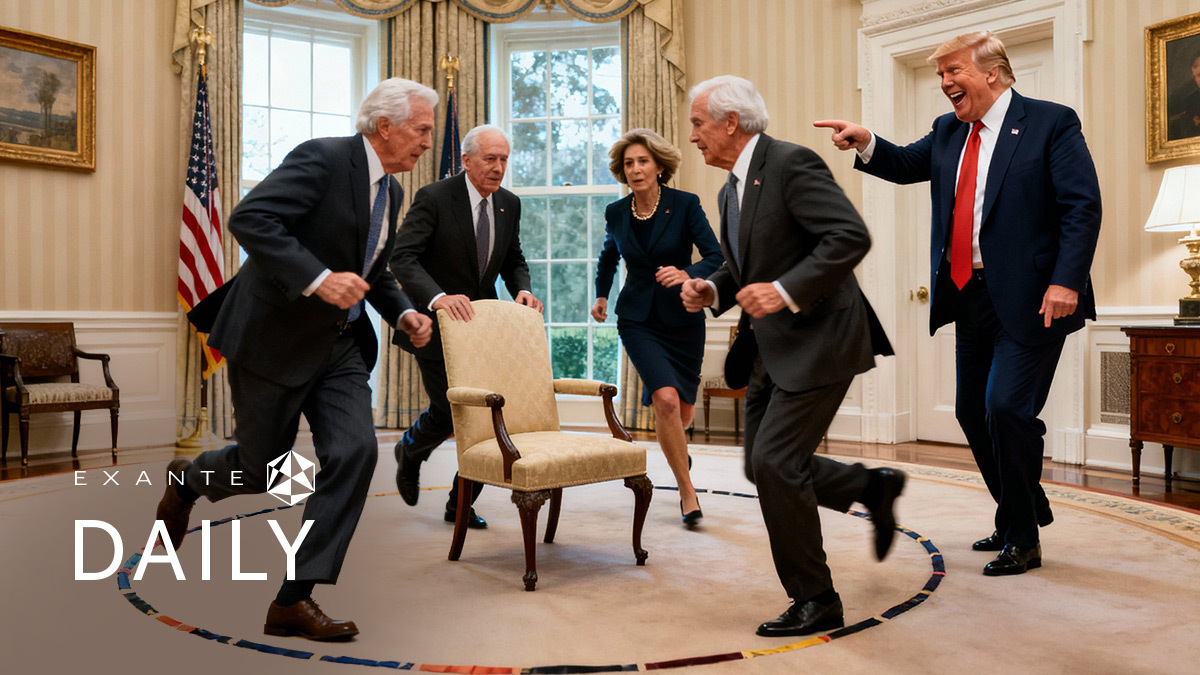
March Review: March Madness

 |
Horacio Coutino, multi-asset strategist |
Global backdrop in March
Investors and, more importantly, central bank officials have adopted a wait-and-see approach to the mercurial announcements of potential US tariffs on imports. Given the potential global economic ramifications, each pronouncement concerning trade policy has garnered significant investor attention in the lead-up to 2nd April, the date which the White House has committed to announcing reciprocal tariffs. This heightened focus has coincided with a notable decline in consumer and business sentiment, as evidenced by soft economic indicators. Consequently, the S&P 500 index has entered correction territory, reflecting the risk-off sentiment across asset classes precipitated by the increasing likelihood of stagflation within the US economy. However, on the other side of the Atlantic, a significant development occurred on 18th March when Germany’s Bundesrat approved a constitutional reform. This reform represents a historic shift in the nation's fiscal regime, arguably the most substantial since German reunification, marking the end of decades of ideological austerity and enabling the government to allocate up to €1 trillion towards investments in defence and infrastructure over the coming decade.
- According to the CME FedWatch tool, interest rate swaps have priced in a 61.3% probability that the Fed rate will be set lower, in the target range of 4.00 - 4.25% at its 18th June meeting and a 31.9% probability of no rate cut on that date. Yields have increased across regions in March, most notably in the eurozone, following a significant decline in US yields in February. The US 10-year yield was +15.3 basis points (bps) to 4.347% as of 26th March, while the 10-year German Bund was +39.6 bps to 2.803%, following the passage of a historic constitutional reform in Germany. The spread between the two narrowed by 26.5 bps from 180.9 bps at the end of February to 154.4 bps.
- The US dollar weakened throughout March. The US Dollar Index, at 104.66, was -2.70%, while the YTD performance by 26th March continued its decline to -3.50%. The euro was +3.49% against the dollar, while Sterling was +2.36% in September.
This article is provided to you for informational purposes only and should not be regarded as an offer or solicitation of an offer to buy or sell any investments or related services that may be referenced here. Trading financial instruments involves significant risk of loss and may not be suitable for all investors. Past performance is not a reliable indicator of future performance.




